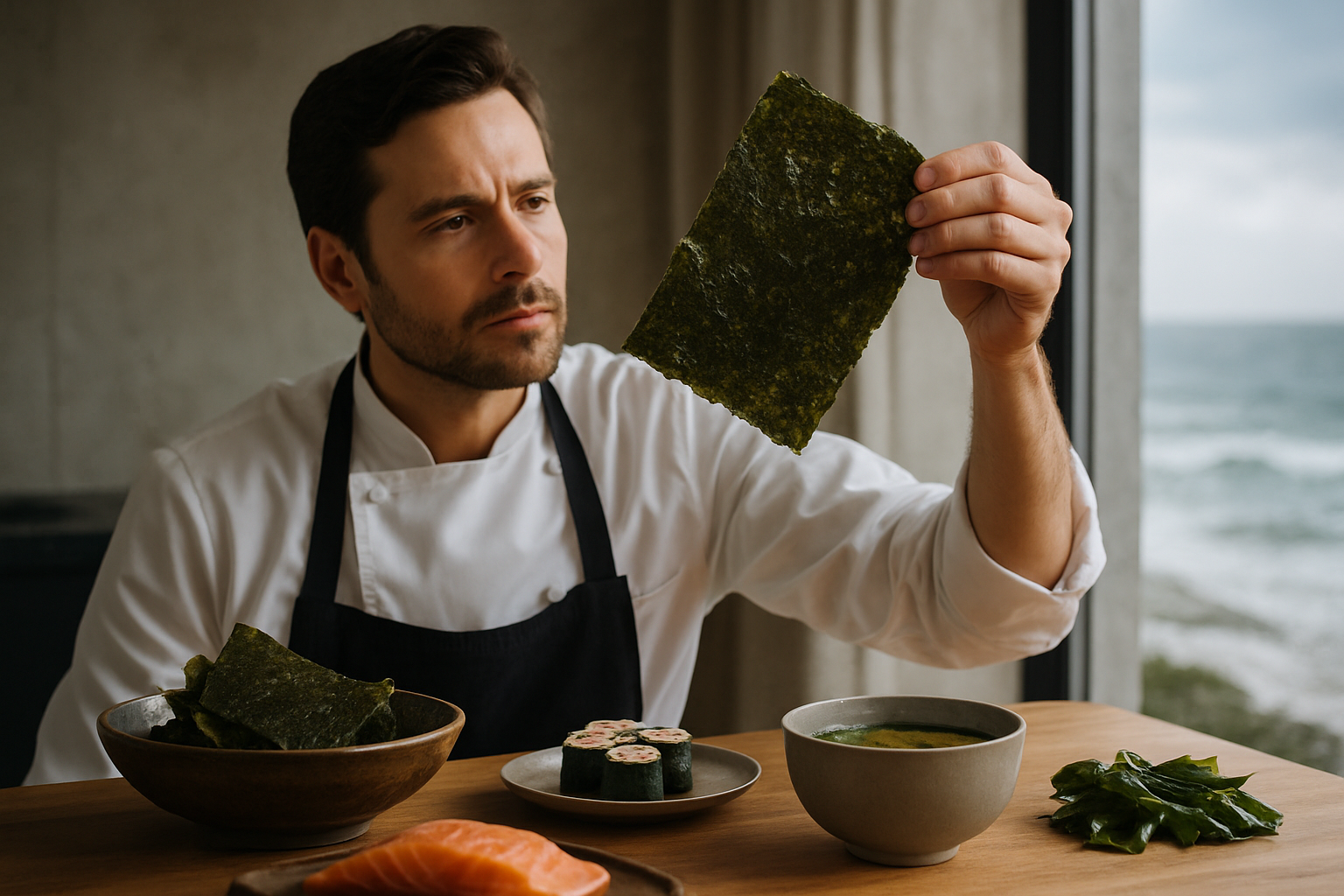Savory Seaweed: The Ocean's Culinary Gift
Dive into the world of edible seaweed, a marine marvel that's making waves in kitchens worldwide. From umami-rich nori to nutrient-packed dulse, these oceanic greens are transforming plates and palates alike. Discover how this versatile ingredient is revolutionizing modern cuisine while offering a sustainable, nutrient-dense alternative to traditional greens.

Beyond Sushi: Seaweed’s Culinary Versatility
While many associate seaweed primarily with Japanese cuisine, its applications extend far beyond the realm of sushi. Innovative chefs and home cooks alike are incorporating seaweed into a wide array of dishes, from salads and soups to main courses and even desserts. Dulse flakes can add a savory depth to roasted vegetables, while wakame can lend a briny freshness to grain bowls. Seaweed’s ability to enhance flavors makes it a valuable ingredient in broths, marinades, and seasoning blends.
The Nutritional Powerhouse of the Sea
Seaweed’s nutritional profile is nothing short of impressive. Packed with essential minerals like iodine, calcium, and magnesium, it offers a natural way to boost nutrient intake. Many varieties are rich in protein and fiber, making them an excellent addition to plant-based diets. The high antioxidant content in seaweed may contribute to improved heart health and reduced inflammation. As consumers become more health-conscious, seaweed’s status as a nutrient-dense superfood continues to grow.
Sustainable Eating from the Ocean
In an era of increasing environmental awareness, seaweed stands out as a sustainable food source. Unlike land-based crops, seaweed requires no freshwater, fertilizers, or pesticides to thrive. It grows rapidly, can be harvested multiple times a year, and even helps to purify surrounding waters by absorbing excess nutrients. As concerns about overfishing and the environmental impact of traditional agriculture mount, seaweed offers a promising alternative for eco-conscious eaters.
Seaweed in Global Cuisines
While seaweed has long been a staple in East Asian cooking, its influence is spreading globally. In Wales, laverbread, made from seaweed, is a traditional delicacy. Irish moss, a type of red algae, is used in Caribbean cuisine to make a sweet, creamy drink. Modern chefs are incorporating seaweed into fusion dishes, creating unique flavor combinations that challenge culinary boundaries. From seaweed-infused breads to kelp noodles, the possibilities for culinary innovation seem endless.
Seaweed Sensations: Tips and Facts
• Store dried seaweed in an airtight container in a cool, dry place to maintain freshness
• Rehydrate dried seaweed by soaking in warm water for 5-10 minutes before use
• Experiment with different varieties to discover unique flavors and textures
• Seaweed can be a natural salt substitute, adding flavor without excessive sodium
• Some seaweeds, like spirulina, can be added to smoothies for a nutrient boost
• Nori sheets can be used as a low-carb alternative to tortillas for wraps
Embracing the Ocean’s Greens
As we continue to explore the vast potential of seaweed in cuisine, it’s clear that this marine marvel is more than just a passing trend. Its nutritional benefits, sustainability, and culinary versatility make it a valuable ingredient for both professional chefs and home cooks. By embracing seaweed, we not only expand our culinary horizons but also make a choice that benefits our health and the planet. So why not take the plunge and let seaweed add a new dimension to your cooking? The ocean’s bounty awaits, ready to transform your meals with its unique flavors and textures.





